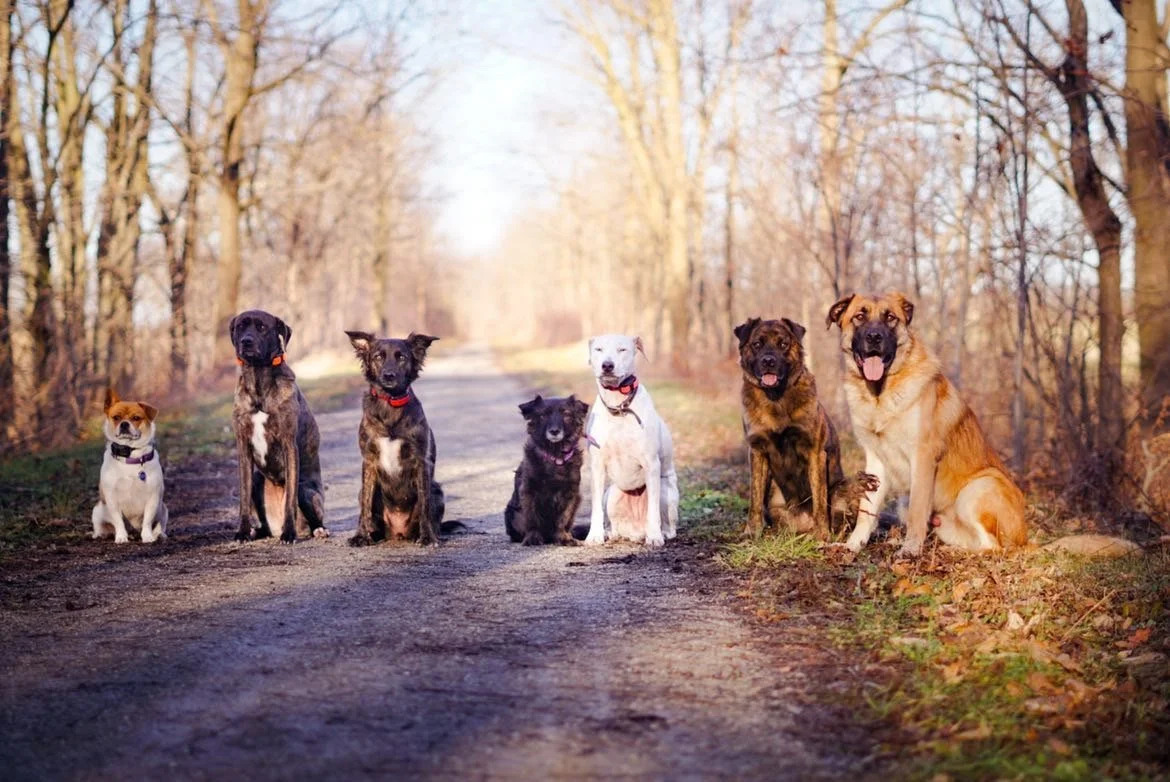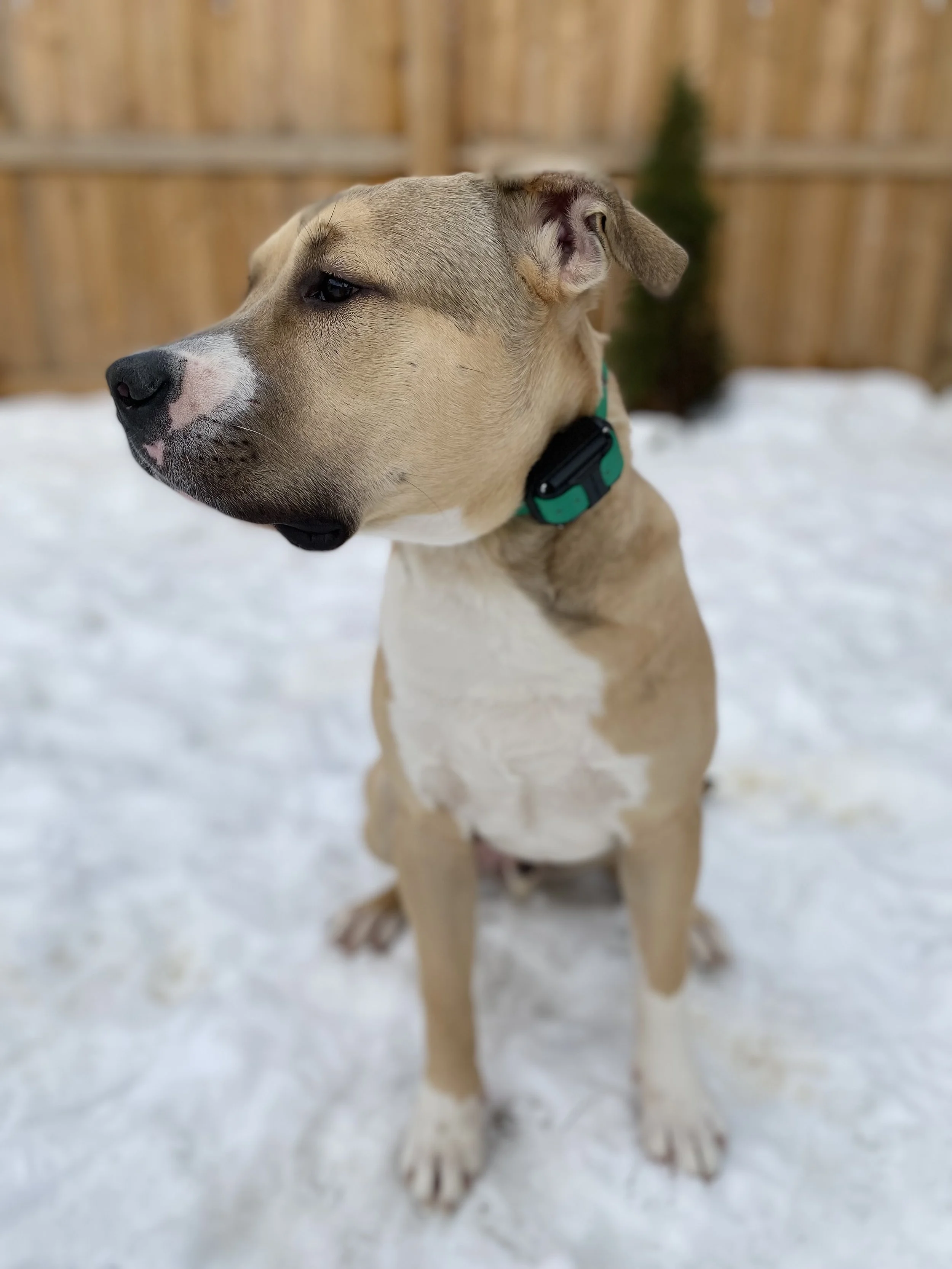
Our Training
Methods
Methods
Our Training Methods

Our Training Methods
Our Training Methods
Reward what you want more of; Correct what you want less of.. and unleash your potential !
Balanced Training combines the use of both reward based and corrective techniques, providing all pieces of information needed for the dog to thrive. This approach provides clarity, and is an effective method of communicating your expectations to your dog. The main goal is always to set them up for success!
I found Balanced Training because I struggled when training my personal dog Halle. She had ‘selective hearing’ and would only listen if we had treats. Once I added in clarity and consistency to our training our relationship shifted. I believe fairly communicating what is right and wrong is the ideal way for the dog to succeed.
Our training starts with positive reinforcement, by using what motivates the individual dog. Once the dog understands and knows what we are asking, we introduce pressure as a way to communicate.






